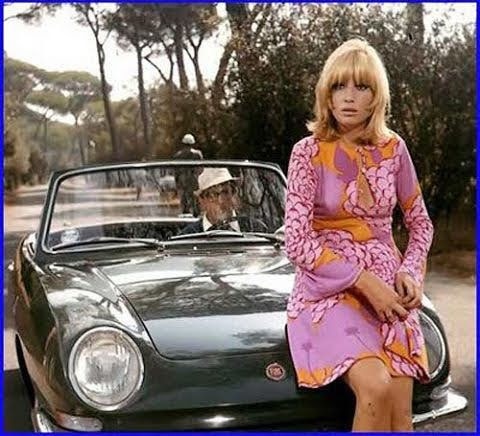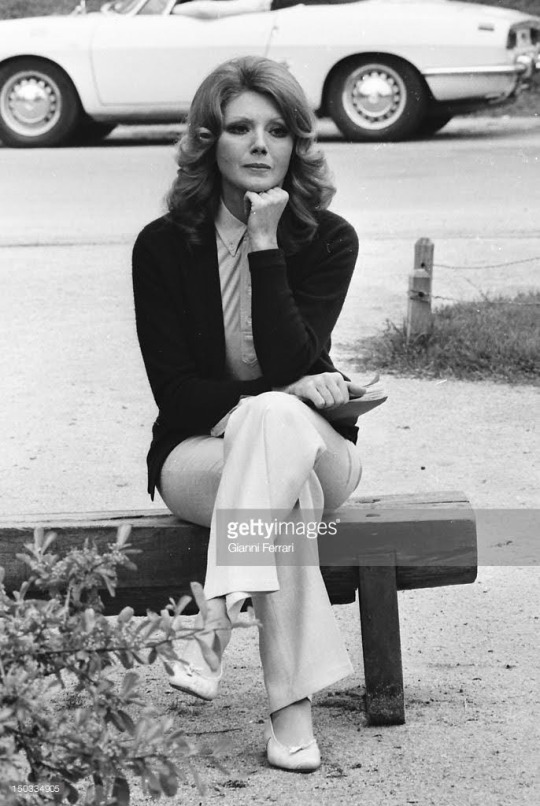#fiat 850
Text
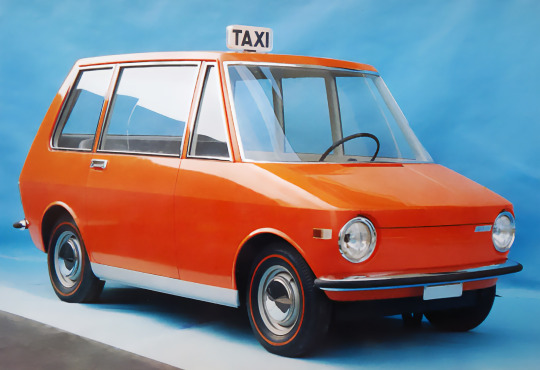
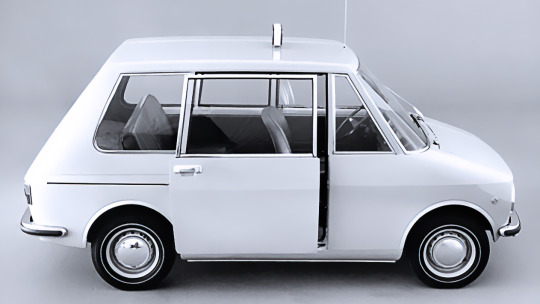




Fiat 850 City Taxi Concept, 1968. Fiat's head engineer Dante Giacosa commissioned Pio Manzù to design this compact prototype for a taxi with “limited external dimensions, accessibility, visibility, manageability, security and recognisability”. The prototype which was built in 1968 and exhibited at the Turin Motor Show had one long sliding door on the right and a normal opening door for the driver on the left. It could seat three passengers and carry their luggage (where the front passenger's seat would have been) but was a mere 3.2 metres long.
#Fiat#Fiat 850#Fiat 850 City Taxi#Pio Manzù#rear engine#concept#design study#1968#Turin Motor Show#prototype#taxi concept#taxi#cab
310 notes
·
View notes
Text

La mitica Fiat 850
75 notes
·
View notes
Text
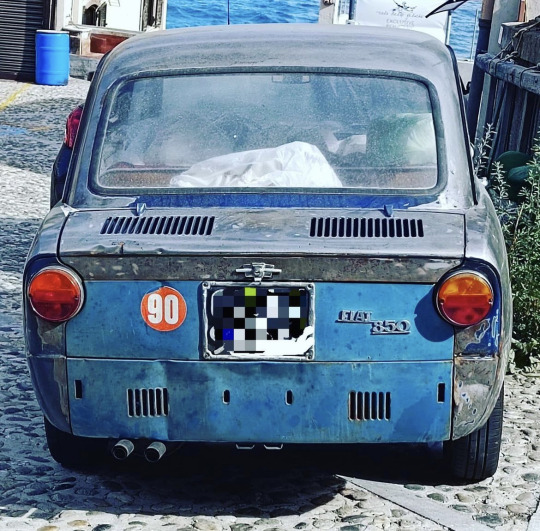
Fiat 850
#Fiat 850#modified#stance#tuning#retro rides#tuner#slammed#street#imports#lowered#fitment#static#classic car#vintage cars#oddball#uncommon car#patina
65 notes
·
View notes
Photo

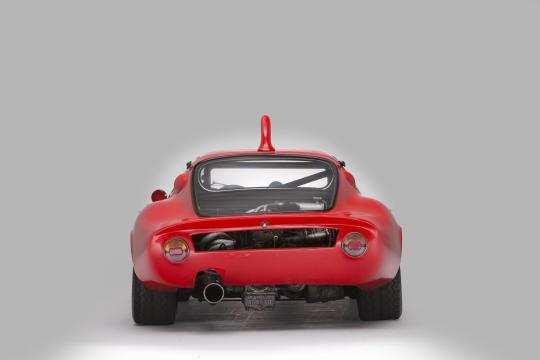


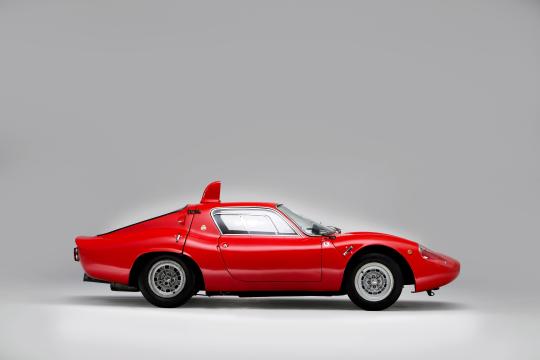


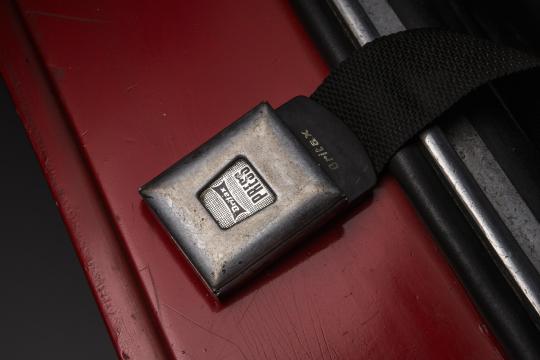
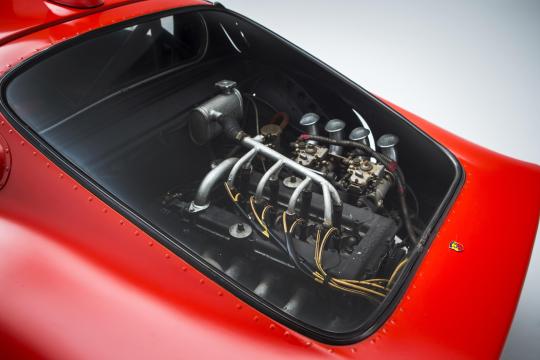
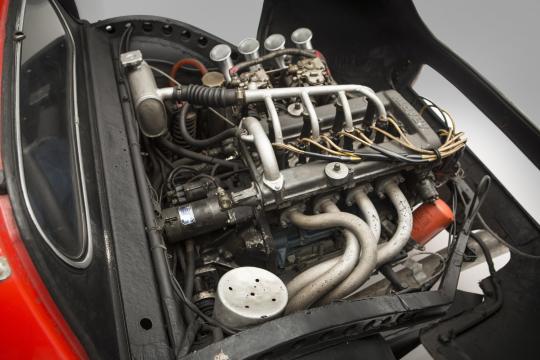
Abarth 1300OT Periscopica Coupé
In 1958, the American Chrysler Corporation pursued an entry into the European motor manufacturing market by buying 15 per cent of the French Simca company's stock from Ford. At that time, however, the dominant shareholder remained Fiat of Turin, and their influence remained distinctively apparent in the engineering and design of Simca cars for several years into the early 1960s. However, in 1963 Chrysler increased its Simca stake to a controlling 64 per cent by purchasing stock from Fiat, subsequently extending that holding to 77 per cent.
Chrysler had no interest in any continuation of the previously successful Simca Abarth and Abarth Simca high-performance car collaboration, which came to a juddering halt. In Turin Carlo Abarth found himself left more or less high and dry, but the supply of basically Simca 1000 chassis floor pans, upon which the sleek and superfast Abarth Simca 1600s and 2000s had been based, left quite a number in stock, as yet unused.
The popular legend is that it was upon these unused Simca platforms that Abarth then founded his 1300cc class Gran Turismo design for 1965 – the OT 1300. Abarth's technical team under Mario Colucci had developed a boxed pressed-steel chassis structure on the modified Simca 1000 floor pan to which allindependent suspension was attached with componentry drawn from the Fiat 850 shelves. The Abarth OT 1300 then emerged, to race for the first time as a prototype in the September, 1965, Nurburgring 500-Kilometre classic.
Driver Klaus Steinmetz hammered the new Coupé home to a fine third-place finish overall and the OT 1300 was up and running into the record books, becoming one of the most successful – and also one of the most distinctive – models that Abarth & C ever produced. The OT 1300's rear-mounted all-Abarth engine was overhung – in best Carlo Abarth-approved style. It was a 4-cylinder unit with twin overhead camshaft cylinder head, using a block with cylinder bore and stroke dimensions of 86mm x 55.5mm to displace 1289cc.
With two valves per cylinder and a 10.5:1 compression ratio, the engine breathed through two twin-choke Weber 45DCOE9 carburettors. Ignition was by two plugs per cylinder, fired by single distributor. Dry-sump lubrication was adopted and the power unit produced a reliable 147bhp at 8,800rpm. This lusty engine, perfected by Abarth's power-unit specialist Luciano Fochi with five main-bearing crankshaft, drove via a five-speed and reverse Abarth transaxle.
Wheelbase length of the OT 1300 was nominally 2015mm, front track 1296mm and rear track 1340mm. It featured moulded glassfibre clamshell-style opening front and rear body sections moulded by Sibona & Basano in Turin, and this pert-nosed Coupé became a familiar sight dominating its class for three consecutive years. Production of the OT 1300 began on May 15 1966 and ended on March 30, 1966, by which time the minimum production number of 50 required by the FIA for homologation as a Gran Turismo model had (allegedly) been achieved.
The most distinctive single characteristic of the OT 1300 Coupé, apart from its huge International success within its class, was its adoption of the Periscopica air-cooling intake on the rear of the cabin roof. Casual onlookers would assume that the periscopelike intake fed intake air into the rear-mounted engine, but this is absolutely not the case. Instead, the water and oil-cooling pipe runs through the cockpit area heated-up the cabin to what was generally considered to be an unacceptable level for endurance racing, and the periscope intake merely blasted cold air down into the cabin to cool the driver himself...
From the OT 1300 Mario Colucci developed the OT 2000 Coupé using the 1946cc 4-cylinder power unit perfected by his colleague Luciano Fochi and with some 215bhp at 7,600rpm that largerengined model was capable of exceeding 165mph in a straight line. In fact all these Abarths with their sleek aerodynamic bodies and light weight really were exceedingly rapid by the standards of the time and within their respective capacity classes.
96 notes
·
View notes
Text

US Vogue April 1, 1969
Model/Modèle Barbara Bach
Photo Arno S.A. Peter Knapp
vogue archive
#us vogue#april 1969#fashion 60s#1969#alta moda#haute couture#italian designer#italian style#spring/summer#printemps/été#heinz w.riva#barbara bach#peter knapp#fiat 850#fiat sport#lord & taylor
42 notes
·
View notes
Text


1964 Allemano Fiat 850 4-door Sedan
My tumblr-blogs: https://www.tumblr.com/blog/germancarssince1946 & https://www.tumblr.com/blog/frenchcarssince1946 & https://www.tumblr.com/blog/englishcarssince1946 & https://www.tumblr.com/blog/italiancarssince1946 & https://www.tumblr.com/blog/japanesecarssince1947
8 notes
·
View notes
Text
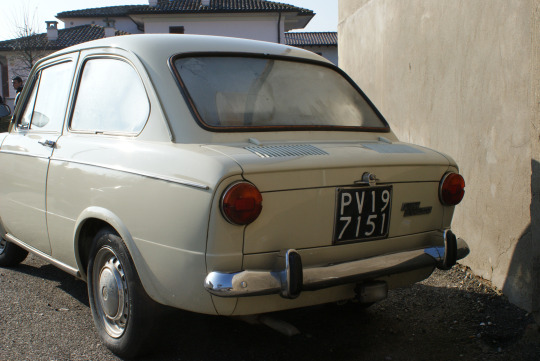
Coppa dell'Offella. Photo Oreste Morzenti
16 notes
·
View notes
Text
You might think that you’ve been through some heavy shit in your life, but you’ve never worked in a children’s shoe store during the back-to-school rush. Neither have I, though, so let’s talk about something more fun: Fiat 850s.
When I was a kid, there weren’t a lot of Fiats left around. Of course, they were still making Fiats at the time. Once in awhile, I’d see one at a rich person’s parking lot, or fleetingly in traffic, and then they seemed to just all turn to ash and blow away. It wasn’t until I was older that I realized the terrifying secret of chassis corrosion. Which is a real shame, because it was around that time when I became hooked on the Fiat 850 Coupe.
I’m not sure whose fault it was. Probably the internet, as by then the BBS scene had collapsed in favour of offering a World Wide Web full of pictures of cars. And the 850 Coupe, along with its sexier, less-approachable sibling the 850 Spider, featured prominently in the contents of that two-hundred-meg hard drive. Either way, I was completely obsessed with trying to find a vehicle that A) sold very poorly in Canada, and B) rusted away when it was sold.
Of course, because I’m spending my time talking to you instead of doing hypercocaine at a concours meetup, that didn’t work out. In my entire adult life, I’ve never seen, much less touched an 850. They might as well have been a work of fiction. And that’s okay, because reality can’t possibly come close to the dream I have constructed of those water-cooled miracles in my head. Sometimes, in boring meetings, I like to lean back in the chair, close my eyes, and think about going on a quick blast to the Amalfi Coast. I am going there to look for cans of POR15.
97 notes
·
View notes
Text
Longboard not included: 1970 Fiat 850 Shellette
In last week’s article on the Fiat 500 Albarella we mentioned the connection between the concept of yacht and car which led to the creation of that particular line of cars generically called “Spiaggina” (beach car). In this case this connection is even closer.
In fact, this car is called the “Shellette” from the name of one of the two designers: one is Michelotti – who needs no introduction –…

View On WordPress
15 notes
·
View notes
Photo





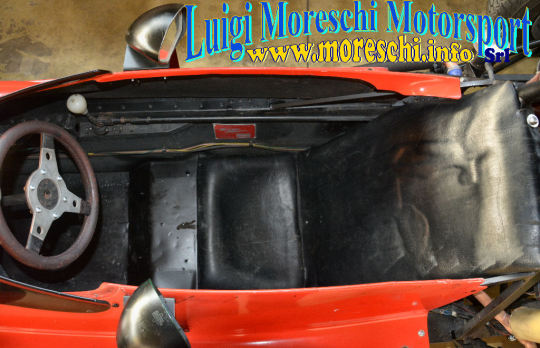

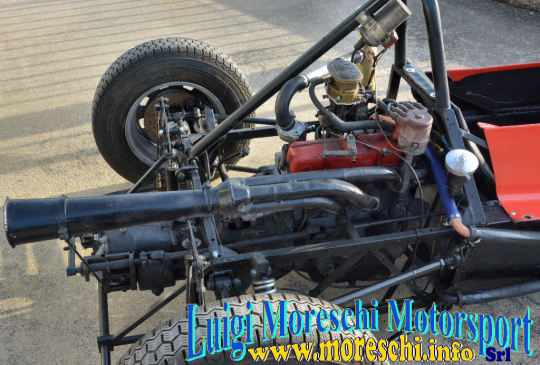


Formula Fiat 850 Patriarca
Car handcrafted by Bruno Patriarca in 1974, Chassis n 038.
It was used only for tests and as a driving school for customers of the Patriarca Racing Team.
It remained the property of Bruno Patriarca until 2016, when it was purchased by the current owner; who only kept it as a collector's item.
Engine Fiat 100GC OHV 843 cc, 47 HP
Gearbox Fiat 850 4-speed
Car preserved from the time
This is the ideal car for testing and free practice, with very low costs.
12 notes
·
View notes
Text
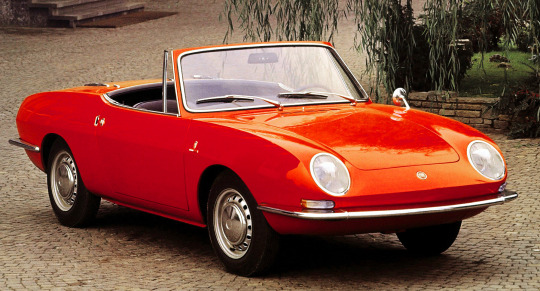

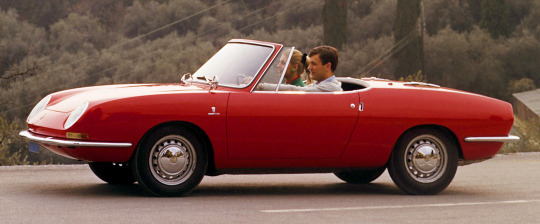
Fiat 850 Spider, 1965, by Bertone. Designed by Giorgetto Giugiaro while he was working at Bertone. The bodywork was built by Bertone in their Grugliasco, Turin plant. It remained in production until 1973 when it was replaced by the X1/9
236 notes
·
View notes
Text
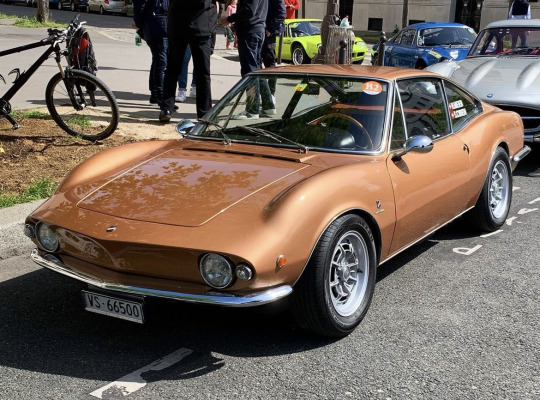
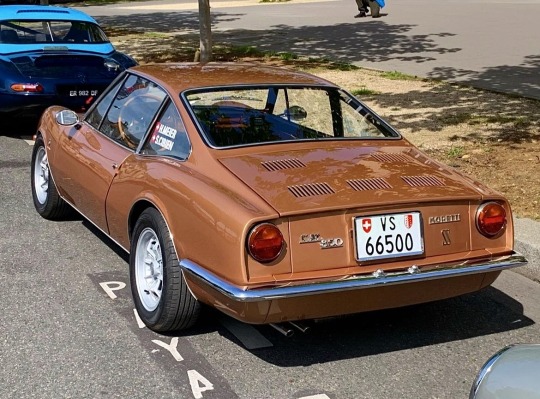
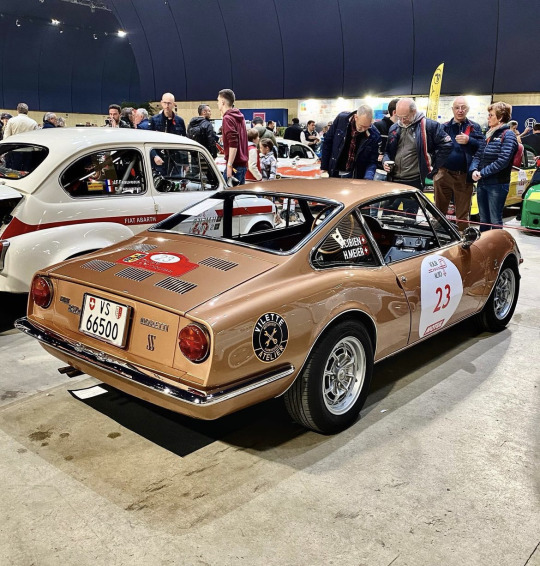
1967 Fiat 850 Moretti Sportiva
#1967 Fiat 850 Moretti Sportiva#modified#stance#tuning#retro rides#tuner#slammed#street#imports#lowered#fitment#static#60s sports cars#classic car#vintage car#uncommon car#oddballs
636 notes
·
View notes
Photo
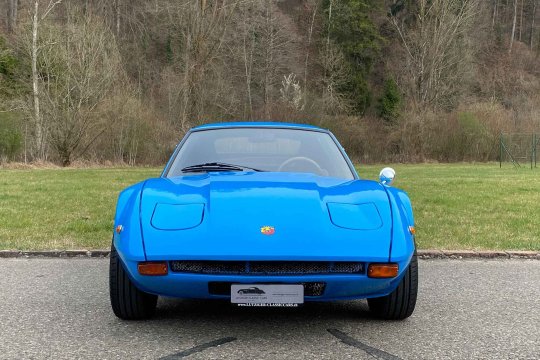


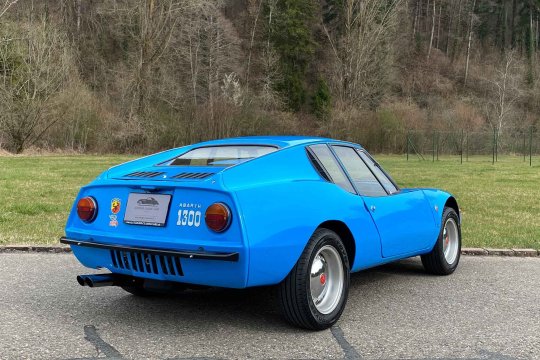


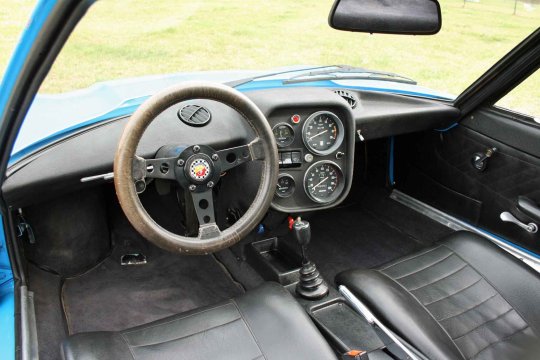
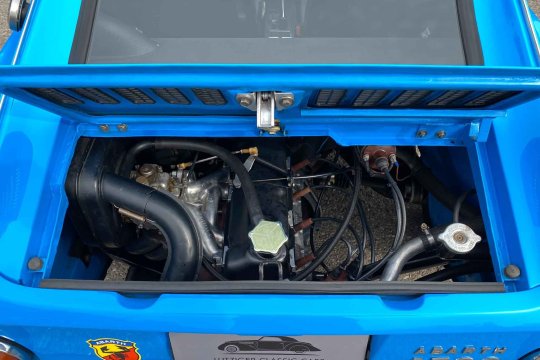
Abarth Scorpione 1300 SS
The design of the Scorpione was drawn by Giuseppe Rinaldi, who was in the service of Francis Lombardi. He borrowed some aspects of the design of the Lamborghini Miura, which gave the Abarth Scorpione the inofficial name of "Mini-Miura". Lombardi as a coachbuilder was responsible for the bodywork of the Abarth, which was also visible in the fact that there was a very similar "Lombardi Grand Prix". However, only with an 850cc engine, whereas the Scorpione built by Abarth was fired by a high-performance 1300cc engine. With a dry weight of only 670 kilograms, this rear-engined sports car is still a thrilling driving machine today. The SS version of the Scorpione is also equipped with a more technically sophisticated chassis and disc brakes all round. The Abarth Scorpione was one of the last cars to be built under the aegis of Carlo Abarth. The sales price at the time was three times that of a Fiat 850 and therefore limited the number of potential buyers willing to spend that money.
80 notes
·
View notes
Text

Exahust art
1955 Abarth&Co. advertising
© Abarth, source: Automobile Club di Roma 11 (1955)
#Abarth#fiat#600#750#850#Fiat Abarth 1000 TC#Exahust#custom#bike#classic car#advertising#vintage#vintage ads#vintage car#1950s#1955
39 notes
·
View notes



